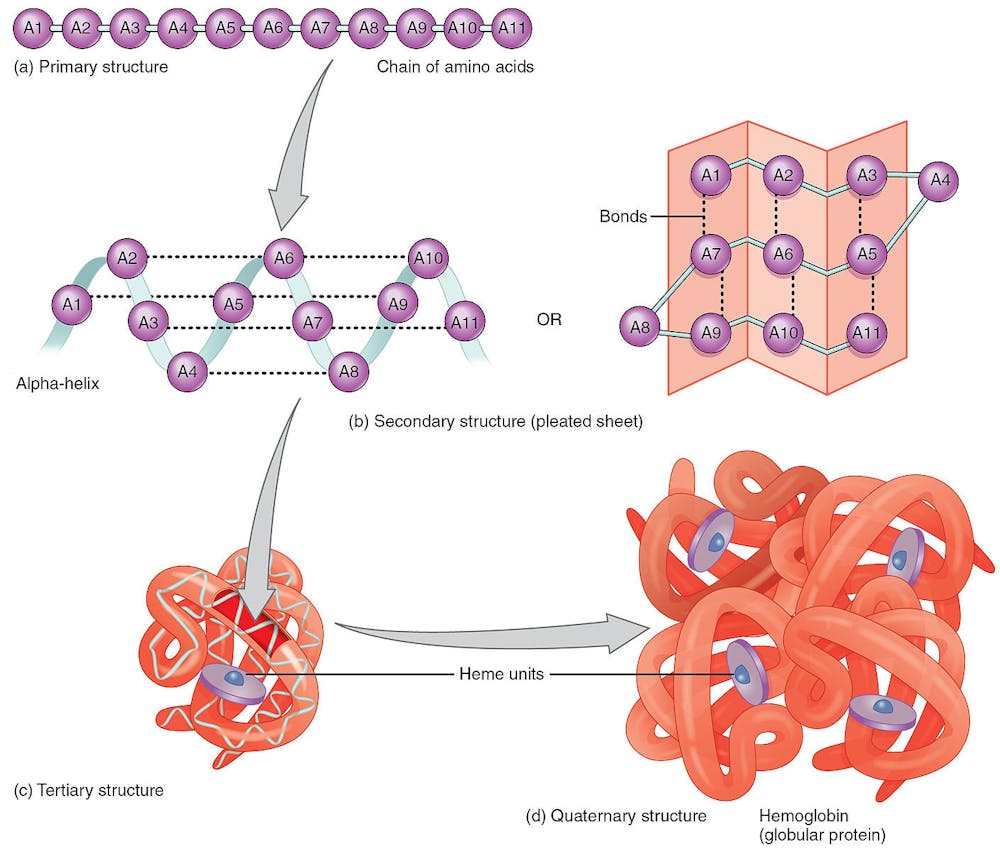We hope that the fall break was a good time to take a rest. Before diving back into the semester, catch up on the newest scientific discoveries!
Unraveling the secret of phytoplankton migration
Phytoplankton, mostly unicellular aquatic organisms, frequently travel a massive distance of up to 100 feet from the ocean floor to the surface, often without limbs to propel them upwards. A team of researchers led by Manu Prakash at Stanford University collected water samples and observed the behavior of one phytoplankton species in particular, Pyrocystis noctiluca (P. noctiluca). Researchers learned that this species, which is most well-known for its bioluminescence, use cellular inflation to drive this migration.
At the start of its life cycle after cell division, P. noctiluca initiates water influx, causing the organism to inflate and changes its density relative to the seawater. This change in density is the key parameter that determines the direction of vertical migration and the speed of cell movement. The increase in surface area due to inflation also provides more photosynthetic area once these organisms arrive at the surface.
Phytoplankton also play a role as a “biological carbon pump” in the carbon cycle, transporting 10 gigatons of carbon from the atmosphere to the deep ocean each year. Understanding the mechanism behind their motion could help researchers better understand ocean ecology and dynamics.
The Nobel Prize-winning AI protein-folding predictor provides insight into fertilization
The AlphaFold Protein Structure Database program developed by Google DeepMind recently won a Nobel Prize in Chemistry and continues to provide novel insights into various biological mechanisms. A recent paper published in Cell highlighted how AlphaFold identified three proteins that act as matchmakers between sperm and egg, contradicting previously accepted knowledge that just two proteins (one on the egg, one on the sperm) were sufficient for fertilization to occur.
Two previously known proteins (Izumo1 and Spaca6) and a previously unknown third protein (Tmem81) were found to form a trimeric complex that acts as a “key” to interact with a protein in the egg. Two of the three proteins formed a binding site for the egg protein on the sperm membrane. Results from the AlphaFold prediction were confirmed in zebrafish and mice, aiding both in the mutual recognition of gametes by one another and facilitating the binding of sperm to the egg.
A newly designed “smart” insulin autoregulates based on blood glucose levels
Insulin is critical to regulating blood sugar levels in the human body; it is a feedback mechanism that prevents high blood sugar, cardiovascular disease, chronic kidney disease, stroke and blindness. Insulin production is impaired in patients with diabetes, making blood-sugar level regulation difficult. To combat this, many patients use insulin injections; however, excess insulin use can cause hypoglycemia, persistently low blood sugar due to continually high levels of insulin.
New research aimed at creating a system that can automatically adjust insulin activity resulted in the development of an insulin molecule with a biological “switch” that that turns its activity on and off in response to glucose levels in the blood. This glucose-sensitive insulin “switch,” referred to as NNC2215, was successfully tested in pigs and rats. However, more work is needed to optimize the molecule’s effectiveness and sensitivity to blood sugar levels.
Scientists discover the origins of most of Earth’s meteorites
Meteorites act like an astronomical history record, but their origins are difficult to explain. A specific group of meteorites on Earth, L type ordinary chondrites, were suspected to originate from a single “parent asteroid” based on geological features. Researchers used NASA’s Infrared Telescope Facility in Hawaii to scan prominent asteroids. They compared mineral signatures for these asteroids to L chondrites and found that asteroids in the Massalia family were the best fit. Multiple other lines of reasoning confirmed the researchers’ findings.
The idea that most of Earth’s meteorites come from just one family suggests that most of the geological diversity present in space has been completely unexplored. Researchers are advocating for more space missions to explore asteroids from other families and understand their origins, which could help provide insight into Earth’s geological history.





